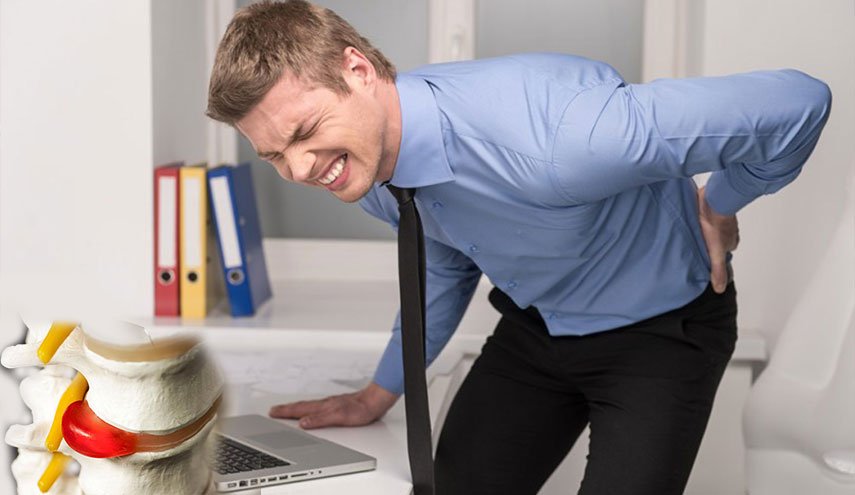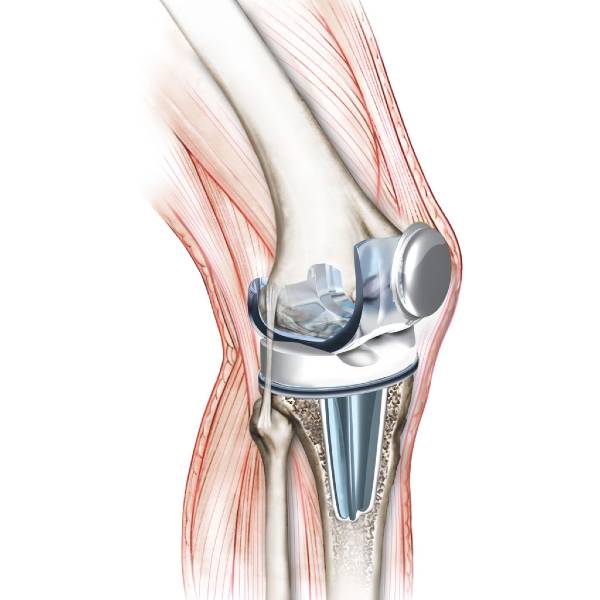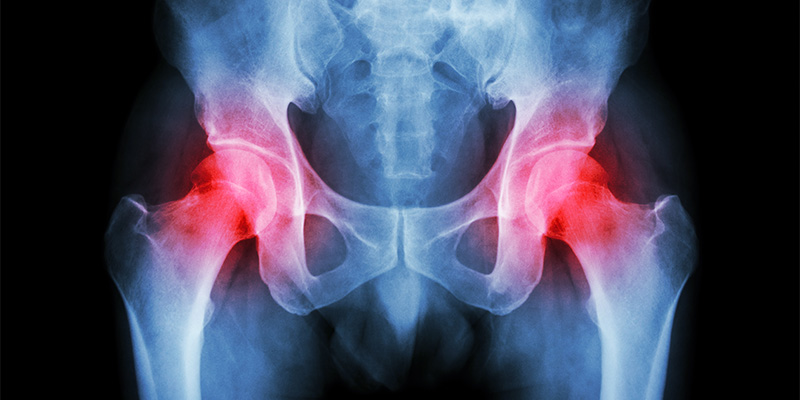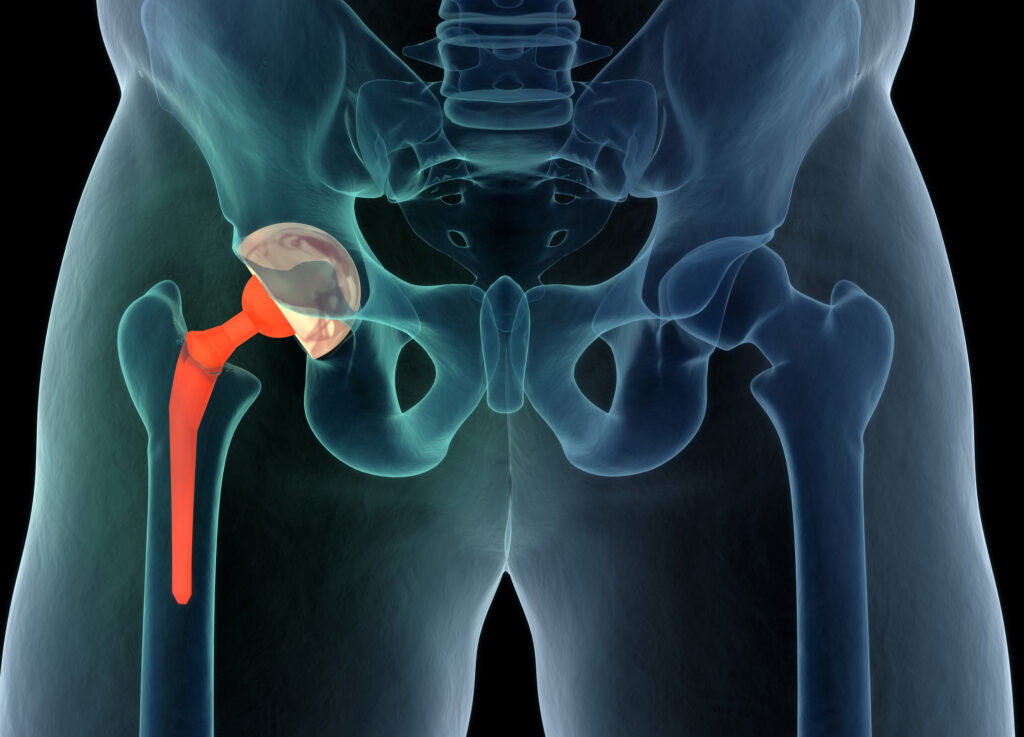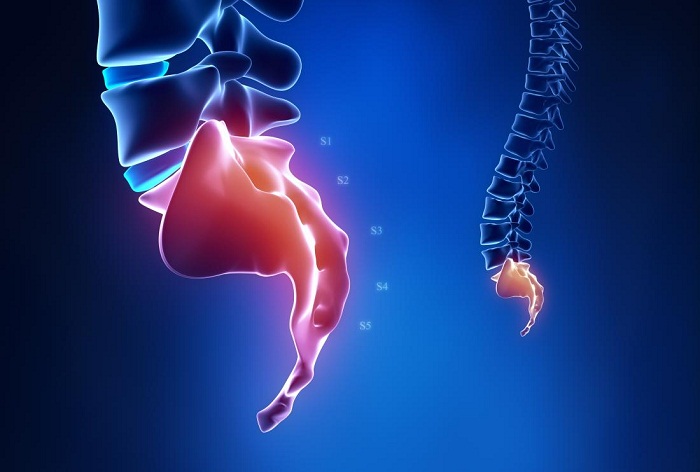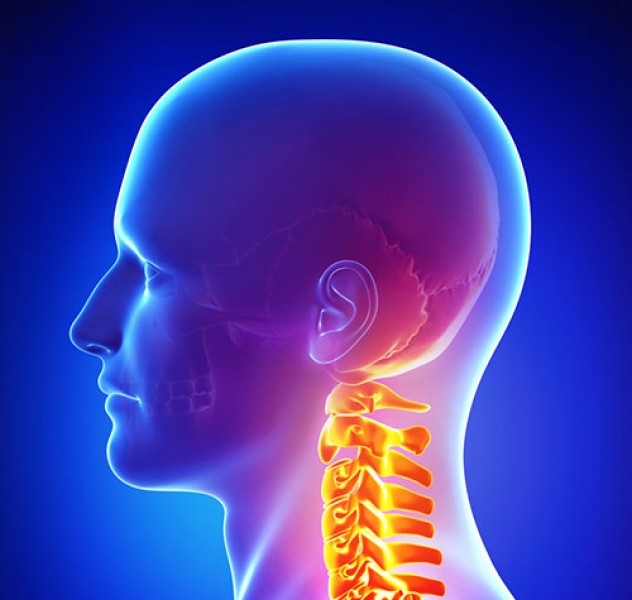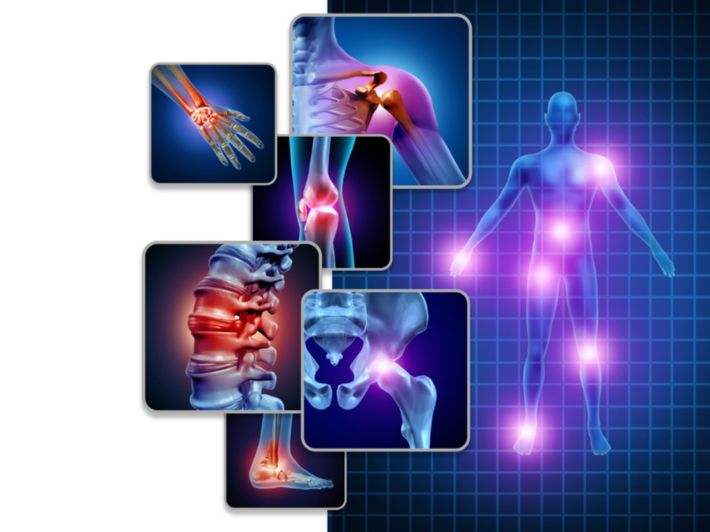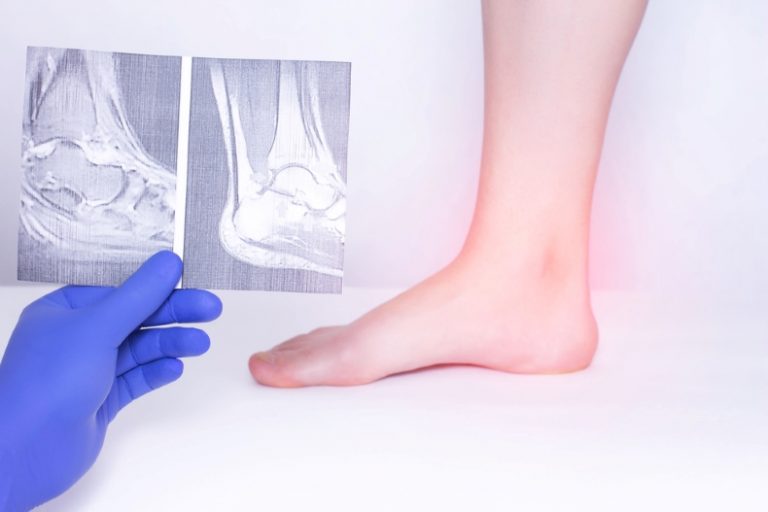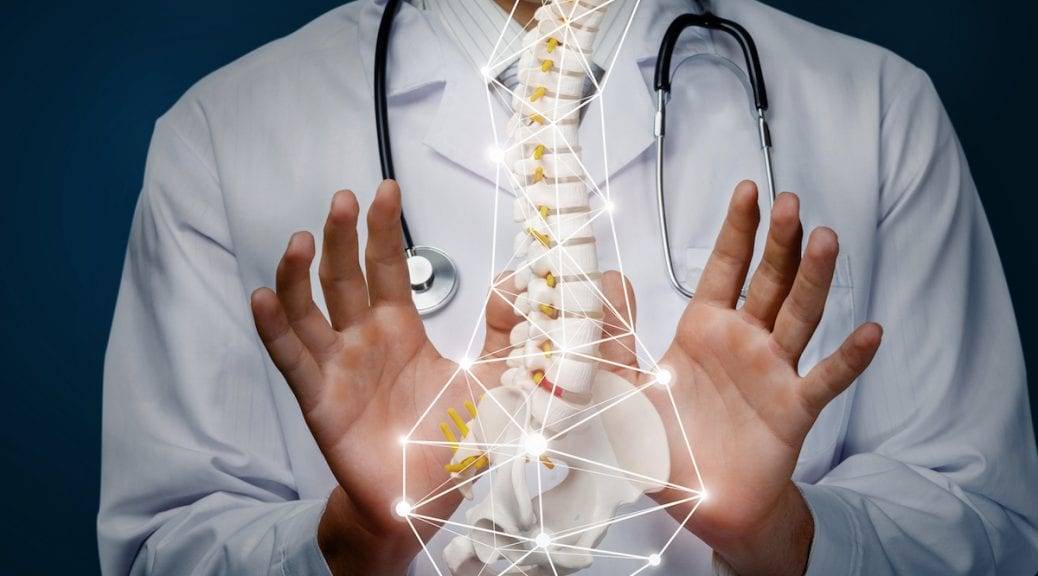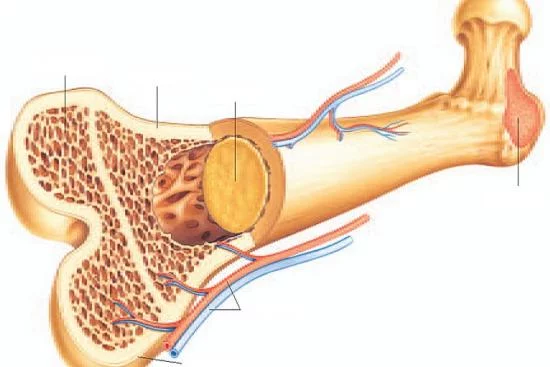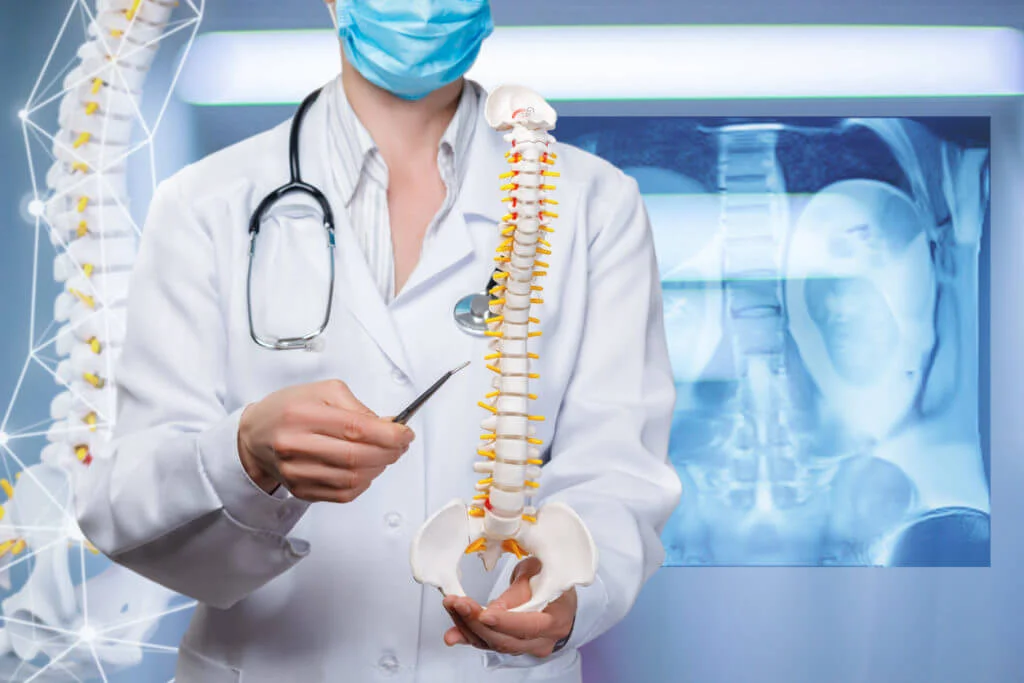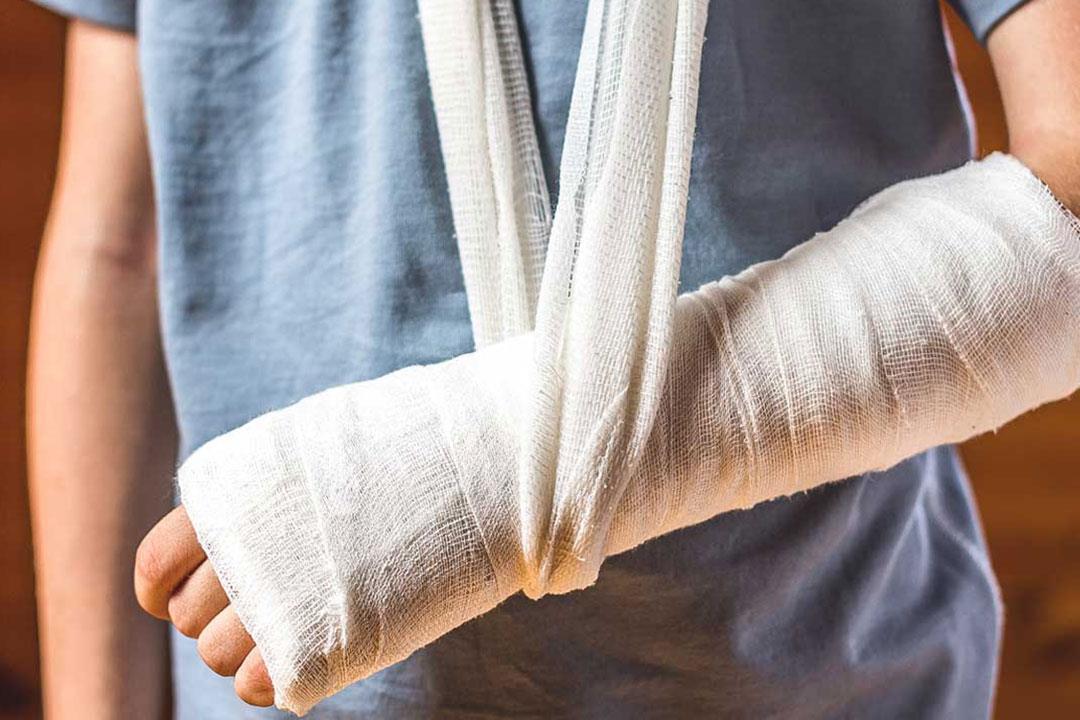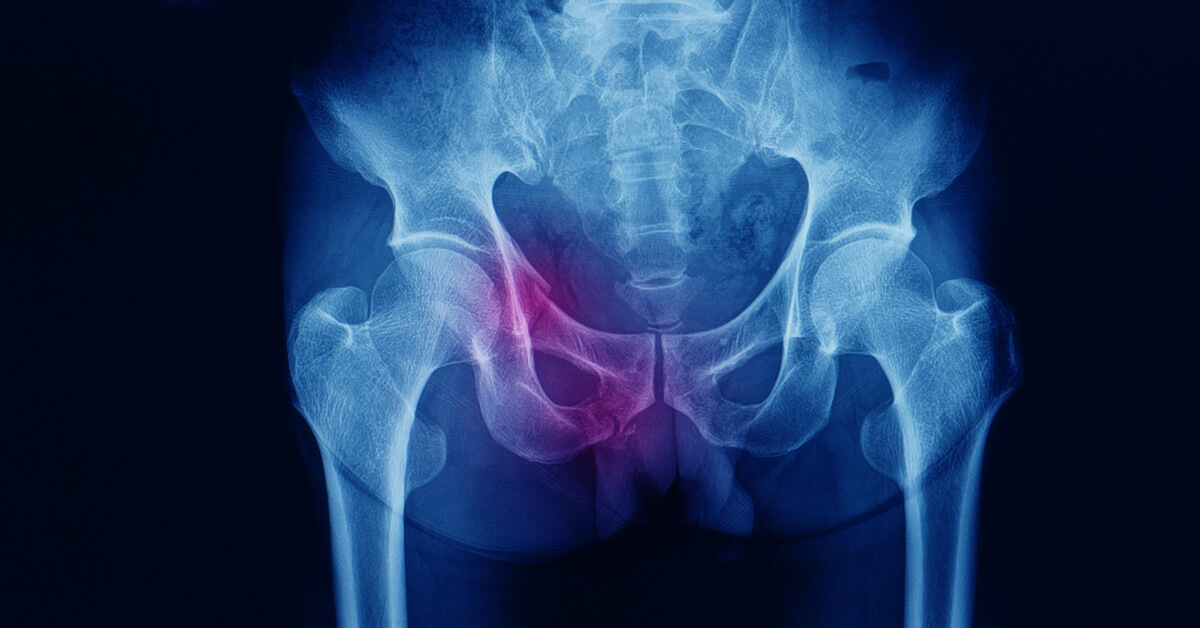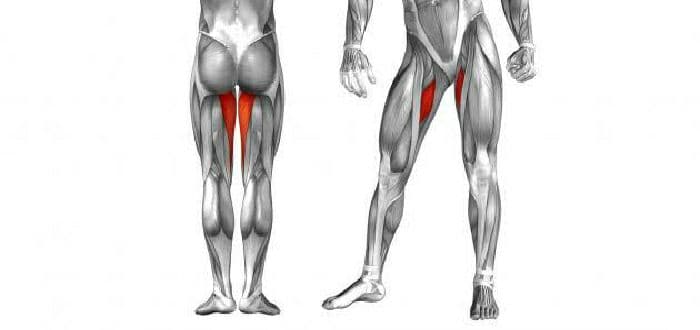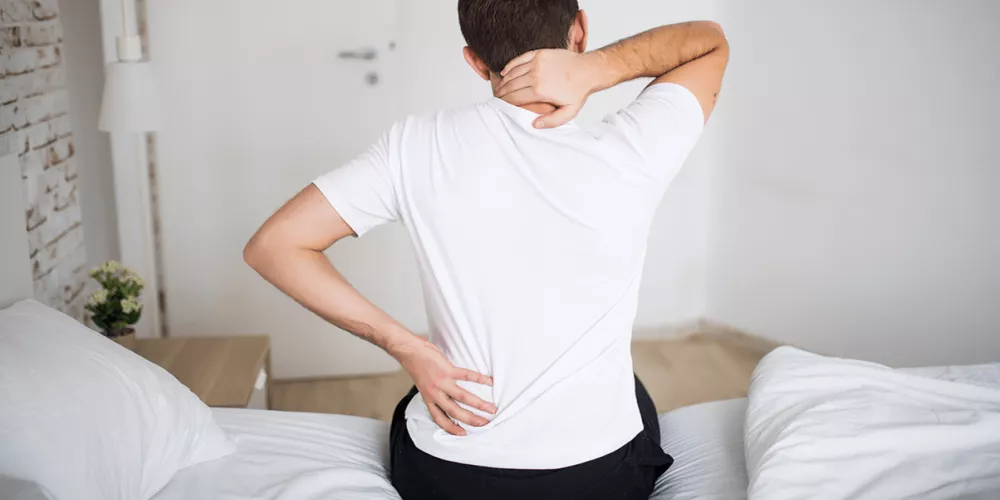Learn How to Treat Cartilage Pain and Recognize Its Symptoms
How to Treat Cartilage Pain?
Cartilage pain is a common issue affecting many people worldwide. These pains can reduce the quality of life and the ability to perform daily activities normally. However, did you know that cartilage pain can be treated without the need for surgery? In this comprehensive guide, we will explore the most important methods and tips for effectively treating cartilage pain.
- Engage in appropriate exercises to strengthen the muscles surrounding the cartilage and improve spinal support.
- Maintain good body posture while sitting and standing to reduce pressure on the cartilage.
- Ensure a healthy weight as excess weight increases pressure on the cartilage.
Physical Therapy:
- Consult a physical therapist to design a suitable exercise program to strengthen muscles and improve flexibility.
- Physical therapy can also provide techniques to alleviate pain and enhance spinal mobility.
Medications:
- Pain relievers can be used to alleviate cartilage-related pain, but it’s essential to consult a doctor before taking any medication.
- The doctor may also prescribe nonsteroidal anti-inflammatory drugs (NSAIDs) to reduce inflammation and pain.
Complementary Therapy:
- Complementary treatments such as massage therapy and herbal remedies may help alleviate pain and improve the overall condition of cartilage.
Epidural Steroid Injections:
- If pain does not respond to natural and medication-based treatments, epidural steroid injections can be tried to reduce inflammation and associated pain.
Surgery:
- In cases where the condition does not improve after trying various initial methods, surgery may be the final solution for treating cartilage pain.
- Surgery involves removing the protruding part of the cartilage disc to relieve pressure on the nerves and improve symptoms.
It is essential to consult a specialized doctor before making any decisions regarding cartilage pain treatment. The patient’s health should be evaluated, and the appropriate treatment approach determined based on a precise diagnosis.
In conclusion, cartilage pain can effectively be treated without the need for surgery in most cases. Lifestyle changes, physical therapy, medications, and complementary therapies can help improve the condition and alleviate cartilage-related pain.
How to Know If You Have Cartilage Problems?
- Pain in the Joint: If you are experiencing joint pain, it may be a sign of cartilage injury. The pain can be sharp or chronic and worsens with movement.
- Difficulty in Movement: If your joint movement is difficult or restricted, cartilage damage may be the cause. You may feel that the joint is heavy or stiff and not easily movable.
- Swelling and Redness: Swelling and redness can occur in the joint affected by cartilage issues. The swelling may be noticeable and accompanied by a local sensation of warmth.
- Tingling and Numbness: Those with cartilage problems may feel tingling or numbness in the affected area. This could result from pressure on the nerves adjacent to the damaged cartilage.
- Cracking Sound: You may notice a distinct sound when moving the joint affected by cartilage issues. This sound can be a popping, crackling, or clicking noise.
- Sense of Instability: If you feel joint instability or imbalance, it could be due to cartilage damage. You may sense the joint slipping or moving abnormally.
- Other Symptoms: Cartilage injuries can be accompanied by other symptoms such as headaches, dizziness, and general fatigue. If you experience these symptoms alongside the mentioned ones, cartilage damage could be the cause.
If you are experiencing any of these symptoms, it is important to consult an orthopedic doctor for an accurate diagnosis and appropriate treatment. Treatment may include strengthening the muscles around the joint, avoiding strenuous movements, taking pain-relieving medications, and, in severe cases, surgery may be necessary to repair the damaged cartilage.
What Is Herniated Disc Pain?
Pain Radiating from the Lower Back to the Leg: One of the symptoms of a herniated disc is feeling pain radiating from the lower back to the leg. This occurs when the disc herniates in the lumbar region of the spine.
- Leg Stiffness or Lower Back Rigidity: When a herniated disc occurs in the cervical region, it can lead to leg stiffness or lower back rigidity. Tingling in the Legs or Feet and Muscle Weakness: A herniated disc may cause tingling sensations in the legs or feet, along with muscle weakness in those areas.
- Neck or Lower Back Pain: A herniated disc can result in severe neck or lower back pain. These pains can radiate and move to other parts of the body.
- Symptoms Can Vary: Symptoms can vary, with some individuals experiencing mild or no pain when the disc tissues are only slightly damaged. However, tearing can lead to severe neck or lower back pain.
- Resembles Other Conditions: Herniated disc pain can resemble symptoms of heart conditions, lung issues, gastrointestinal problems, and osteoarthritis.
In summary, herniated disc pain can include symptoms such as pain radiating from the lower back to the leg, leg stiffness or lower back rigidity, tingling in the legs or feet, muscle weakness, and neck or lower back pain. These symptoms can vary, and they may resemble other medical conditions.
Is Cartilage Pain Serious?
Many people may wonder about the seriousness of cartilage pain and its impact on overall health. In this article, we will provide you with an extensive list related to this topic.
Permanent Nerve Damage: Failure to treat cartilage herniation can lead to permanent nerve damage, affecting nerve function and causing pain and burning sensations in the extremities.
Leg Stiffness and Lower Back Rigidity: Leg stiffness and lower back rigidity are common symptoms of cartilage herniation, where patients experience difficulty in leg movement and may suffer from stiffness in the lower back.
Continuous Pain: One of the primary symptoms of cartilage herniation is continuous pain that extends from the lower back to the leg, typically occurring when the herniation is in the lumbar region of the spine. If the herniation is in the cervical region, it may be accompanied by tingling in the legs or feet and muscle weakness.
Necessary Treatment: Initial treatment for cartilage pain usually includes pain relievers and spinal extension exercises. However, in some cases, replacing the cartilage may be necessary when it compresses nerves. The cartilage may return to its place over time by following the treatment plan prescribed by the specialist.
Impact of Cartilage Herniation on Daily Life: Patients may initially suffer from back pain, and later, this pain may extend and affect their daily lives. Severe pain can impact the ability to perform simple daily activities such as walking or lifting heavy objects.
Treatment of Cartilage Herniation Pain: Cartilage herniation pain can be treated and its impact can be managed permanently, but it is important to understand that the physiological state of the cartilage will not be permanently restored to its original condition. This is because cartilage tearing results in a tear in the cartilaginous disc, causing the soft cartilage to protrude and compress nerves.
Preventing Cartilage Herniation: Some preventive measures can reduce the risk of cartilage herniation, such as maintaining a healthy weight, regularly exercising, and avoiding improper lifting of heavy objects.
In summary, cartilage herniation pain can be serious if not properly treated. It is important to consult with a specialist doctor to assess your condition and determine the appropriate treatment. Treatment may involve medication, physical therapy, and in some cases, surgery.
How Long Does Cartilage Herniation Pain Last?
Cartilage herniation is a common condition that affects many people worldwide. One of the prominent symptoms experienced by patients is severe pain in the back and leg. But how long does this pain last? Here is a comprehensive list of information regarding the duration of cartilage herniation pain:
Natural Healing Time: Scientific research suggests that pain resulting from cartilage herniation can spontaneously disappear within 6-12 weeks without the need for any specific treatment. Complete recovery is achieved in most cases within just 12 weeks.
Post-Surgery Pain: Pain can be a natural side effect of cartilage herniation surgery, even when the procedure is performed perfectly. The pain may persist for several days after surgery and may be more intense than the pain the patient felt before the operation.
Secondary Cartilage Herniation: Secondary cartilage herniation may occur after a period of recovery from surgery, and this period can range from several days to several years. If the pain continues or returns suddenly after surgery, this may be the reason behind it.
Recovery Plan: After two weeks of recovery from surgery, the doctor may adjust the recovery plan. The patient may be advised to perform simple exercises like stretching exercises, or the doctor may prescribe medications and physical therapy for 6-8 weeks.
Recovery Period: If the symptoms are severe enough to hinder daily activities, a short recovery period may be necessary. This period usually does not exceed three days, during which the patient should rest at home and avoid strenuous activities.
Need for Screws and Plates: In some cases, it may be necessary to install screws and plates to stabilize the vertebrae after surgery. However, others may be able to forego these surgical procedures, depending on the patient’s condition and the doctor’s recommendation.
Although there is variation in the duration of cartilage herniation pain from person to person, it is important not to succumb to the desire for rest and lying down due to pain. Starting simple exercises shortly after a period of rest is essential. If symptoms do not improve or persist frequently, it is important to consult a doctor to assess the condition and recommend the appropriate treatment.
How Should a Cartilage Herniation Patient Sleep?
The sleeping position is an important aspect that cartilage herniation patients should pay attention to in order to alleviate pain and improve comfort during sleep. Here is an extensive and exclusive list explaining how to sleep correctly for patients with cervical cartilage herniation:
Sleeping on the Back: Sleeping on the back is one of the best sleeping positions for patients with cervical cartilage herniation because this position ensures a stable alignment of the head and neck and distributes the pressure from body weight evenly on the spine.
Sleeping on the Back with the Upper Body Elevated: Patients can elevate the upper part of their body using a pillow or an inclined cushion to alleviate pressure on the spine and reduce pain.
Sleeping on Either Side: Sleeping on either side is considered one of the preferred correct sleeping positions for cervical cartilage herniation patients, but it is recommended to switch between sides to balance the muscles on both sides. It is also advisable to place a pillow in the gap under the neck to support it and relieve pressure.
Sleeping on the Stomach: Sleeping on the stomach is considered one of the less preferred sleeping positions for patients with cartilage herniation because it puts pressure on the spine and may increase pain. However, a small pillow can be placed under the abdomen to reduce pressure on the spine.
Proper Mattress and Bed: The person should sleep on a mattress that is not too soft and on a wooden bed that provides the necessary support for the spine. It is preferable to use a pillow under the head and a pillow under the legs to bend the knees and provide comfort.
Changing Positions: It is recommended to change sleeping positions regularly, as the patient can try sleeping on the back and both sides to reduce pressure on the spine and distribute weight evenly.
In conclusion, the term “cartilage herniation” is used to describe a condition in which one of the vertebrae of the spine moves forward (slips) onto the vertebra below it, leading to complications for the patient. Therefore, patients with cartilage herniation should follow appropriate sleeping positions and take necessary precautions to reduce pain and improve sleep quality.
How to Differentiate Between Muscle Pain and Spine Pain?
Muscle pain and spine pain are common health issues that many people experience. But how can we differentiate between them? Here is a list of some signs that can help you distinguish between muscle pain and spine pain:
- Pain Location:
- If the pain is felt in the muscle areas, such as the shoulders, arms, or legs, it is likely due to muscle spasms.
- If the pain is felt in the back area, it may be due to a spinal issue.
- Associated Symptoms:
- Muscle spasms can cause feelings of tension and general fatigue in the body.
- Spine pain may be accompanied by other symptoms such as numbness in the limbs or muscle weakness.
- Motion and Activity:
- If the pain worsens with movement or physical activity, it is likely due to muscle spasms.
- If the pain worsens when moving between the vertebrae or changing body positions, it may be due to a spinal problem.
- Additional Symptoms:
- Muscle spasms may be associated with muscle tightness, tension, and continuous fatigue.
- Spine pain may be accompanied by symptoms such as bruising, swelling, and redness in the affected area.
- Medical History:
- If you have a medical history of muscle problems or spinal issues, it may be easier to determine the cause of the pain.
It is important to note that these tips are general information and cannot replace direct medical consultation. If you are experiencing persistent pain or have concerns about your health, it is essential to consult a specialist doctor for an accurate diagnosis and appropriate treatment.
Does Cartilage Pain Go Away?
Cartilage pain is a bothersome and painful condition that can significantly impact people’s lives. Therefore, many seek ways to alleviate this pain and return to their normal lives. In this article, we will explore some potential methods for relieving cartilage pain.
- Medical Treatment: Medical treatment is a common way to alleviate cartilage pain. This treatment includes taking pain relievers and anti-inflammatory medications to reduce pain and swelling. Physical therapy, such as gentle exercises and stretching, can also be used to strengthen the muscles around the cartilage and improve mobility.
- Surgical Treatment: If medical treatment fails to relieve pain and improve the condition, surgery may be recommended to treat the cartilage. Surgical procedures involve repairing or replacing the damaged cartilage using various surgical techniques. These procedures are performed by specialized professionals to ensure success and restore the natural movement of the affected joint.
- Lifestyle Changes: Changing one’s lifestyle is an important way to alleviate cartilage pain. It is advised to avoid prolonged static positions, whether sitting or standing, and to use a pillow between the knees to reduce pressure on the cartilage. Additionally, activities that increase knee pain or cause it to rotate or twist should be avoided.
- Physical Therapy: Physical therapy can be effective in relieving cartilage pain. This includes gentle stretching exercises for the chest muscles and nerve stimulation to reduce pain and improve mobility. Cold packs or cold water compresses and compression can also be used to reduce pain, swelling, and inflammation.
- Alternative Medications: Using essential oils, natural herbs, and dietary supplements is one of the alternative options for treating cartilage pain. Some essential oils are believed to help alleviate pain and promote better oxygen and nutrient absorption. Some natural herbs are thought to contribute to the regeneration of cartilage cells and prevent slipping.
In summary, cartilage pain can be alleviated through medical treatment, surgical treatment, lifestyle changes, physical therapy, and the use of alternative treatments. It is important to consult a healthcare specialist before adopting any treatment method to ensure optimal results and avoid potential complications.
Can Cartilage Herniation Heal Without Treatment?
Cartilage herniation is a spinal condition that causes pain, numbness in the extremities, and reduced mobility. While cartilage herniation can be very painful and disruptive, it can be managed, and symptoms can be improved with appropriate treatment.
- Physical Therapy: Physical therapy is one of the most important ways to alleviate the symptoms of cartilage herniation. This includes exercises to strengthen the muscles surrounding the spine and improve flexibility and muscle elasticity.
- Pain Relieving Medications: Pain-relieving medications can help alleviate the pain associated with cartilage herniation. It is recommended to take these medications under the supervision of a specialized doctor to avoid any side effects.
- Epidural Injections: Epidural injections can help reduce pain and inflammation in the affected area. Local anesthetics or anti-inflammatory substances are injected into the affected vertebrae to reduce symptoms.
- Surgery: In severe cases and when other treatments are not effective, surgery may be necessary. Surgical procedures can involve removing the damaged portion of the cartilage and stabilizing the affected vertebrae.
- Lifestyle Changes: Making certain lifestyle changes can help improve cartilage herniation symptoms. Among these changes are maintaining good posture while sitting and standing, avoiding heavy lifting, and engaging in exercises that strengthen the back muscles.
While some cases may respond to non-surgical treatments, it is rare for cartilage herniation to completely heal without treatment. Proper treatment and self-care for the spine are crucial to improving symptoms and reducing pain. It is essential to consult a specialist doctor to assess the condition and determine the appropriate treatment for each individual case.
